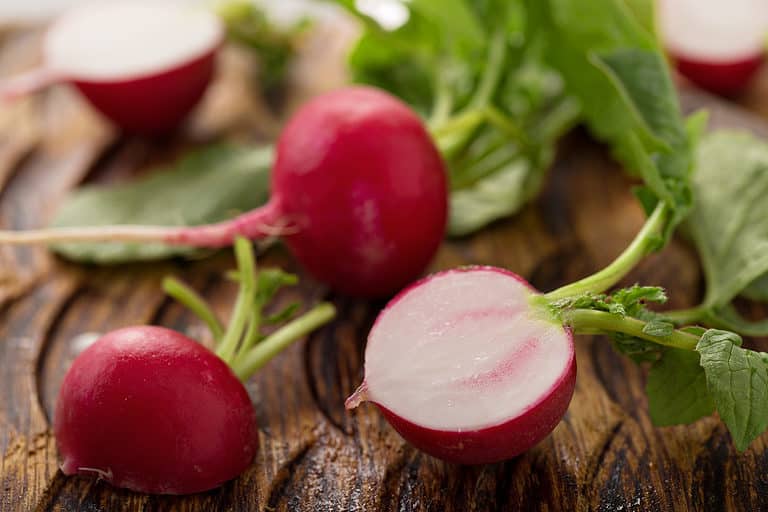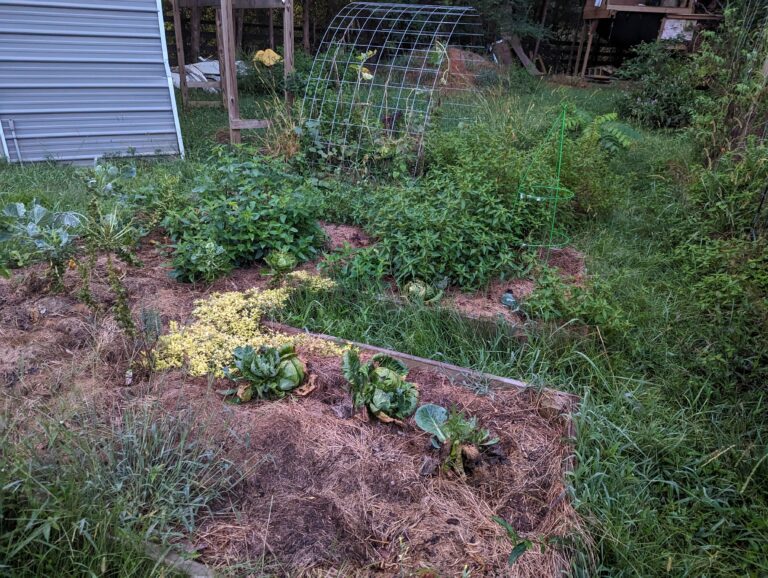What Vegetables to Grow in November
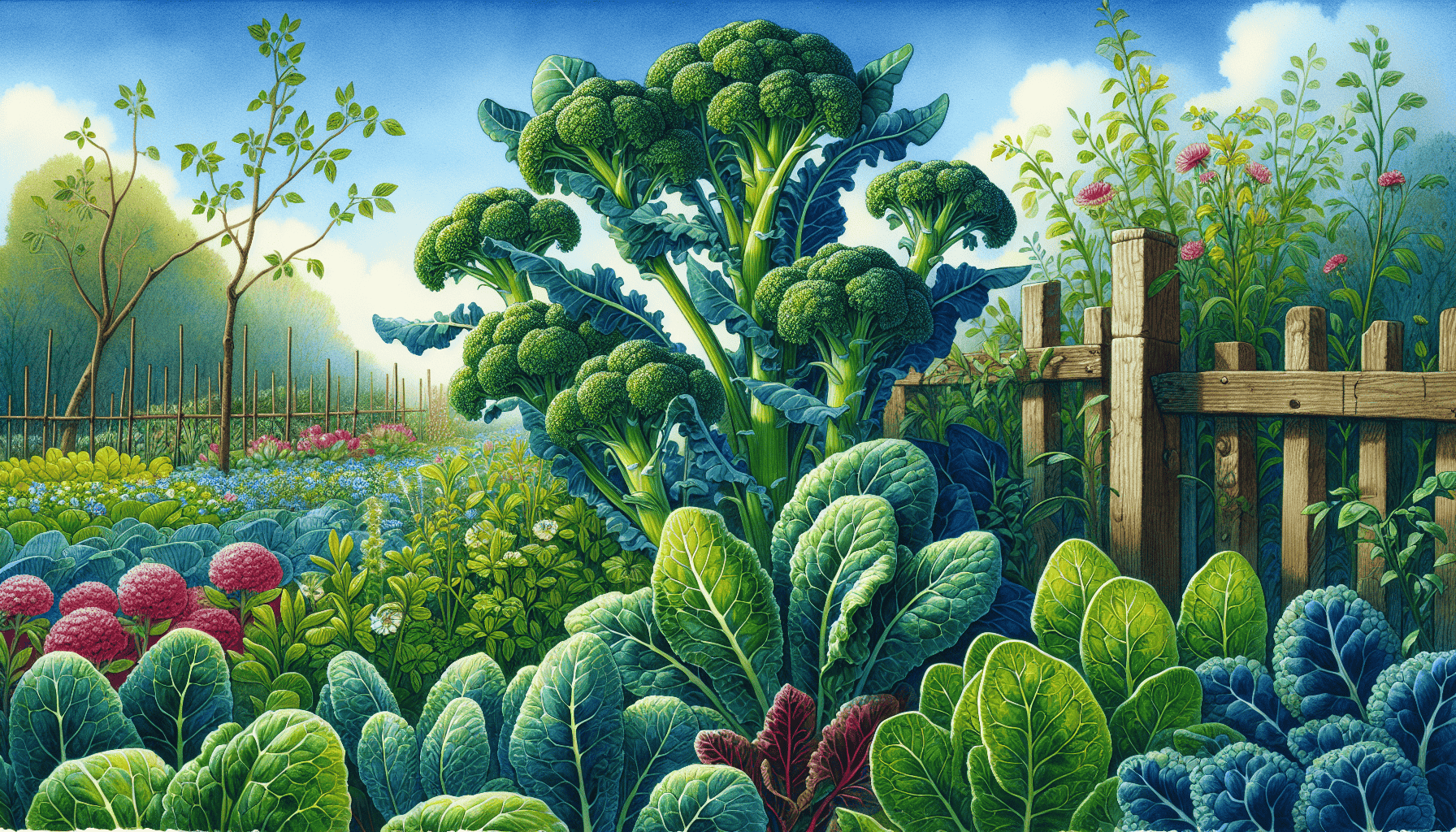
In November, you can still plant a variety of vegetables that will thrive in the cooler months and give you an early spring harvest. This article will guide you on what vegetables to grow in November, including tips for successful planting and caring for these winter-hardy crops.
Key Takeaways
November is the ideal time to plant cool-season vegetables like garlic, spinach, and kale, ensuring a productive garden during winter and early spring.
Leafy greens such as mizuna, mustard greens, and Swiss chard can be planted for continuous winter harvests, providing fresh salad options throughout the colder months.
Prepare your garden with raised beds, mulch, and compost for optimal soil conditions, supporting healthier plants and successful harvests this winter.
Cool-Season Vegetables for November Planting

The optimal moment to sow seeds for vegetables that are resilient to the cold and can persevere through winter, promising harvests in early spring, is November. Garlic, spinach, and kale represent excellent choices for this purpose.
Planting these robust vegetables capable of not just surviving but also flourishing during the colder season ensures your vegetable garden remains fruitful even during the winter months.
Garlic
When you plant garlic in November, it flourishes remarkably. Opt for the Hard Neck variety or Elephant garlic as they are perfectly suited to cooler climates. By doing so, your plants will be among the first crops to spring up when warmer weather arrives and should be primed for harvesting by late July.
The reward for your patience will be enormous bulbs that add a rich flavor to your dishes, justifying the anticipation of their growth.
Spinach
To ensure a successful winter harvest, opt for robust spinach varieties. By planting spinach in November, you can relish the benefits of fresh and nutritious salads throughout the winter season.
The resilience of these leafy greens allows them to thrive despite falling temperatures, thus providing an ongoing source of produce during the cooler months.
Kale
Plant kale in November to take advantage of its affinity for the cold, which enhances its sweetness post-frost. You’ll be able to harvest a hearty and resilient crop once the leaves reach the size of your hand.
Incorporate this nutrient-rich green into your winter salads and culinary creations for an added health boost.
Leafy Greens for Winter Salads
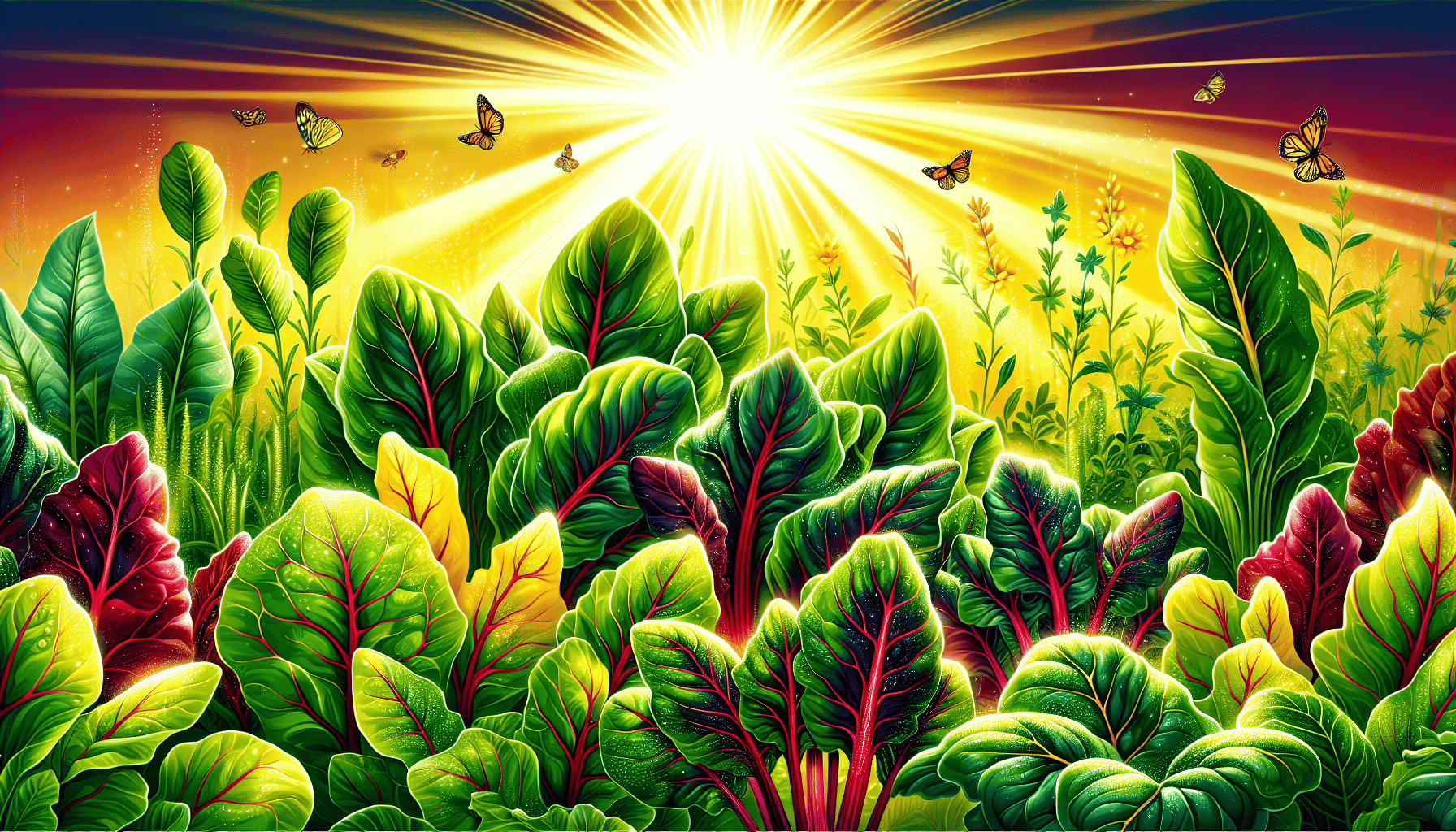
During the winter months, those who have a penchant for fresh salads can cultivate their own leafy greens. Initiating the planting process with species such as mizuna, mustard greens, and Swiss chard in November will provide an abundant harvest of crunchy salad leaves well into early spring.
These verdant crops are adaptable to various gardening methods as they can be successfully grown indoors or within raised garden beds, offering flexibility to cultivators irrespective of their outdoor space constraints.
Mizuna
In cooler climates, mizuna grows best in soil that is rich in organic matter and has good drainage. You can plant it as early as November to reap a harvest at different growth stages, ranging from tender baby greens to fully grown leaves.
This leafy vegetable makes for an excellent component of winter salads due to its gentle yet zesty peppery taste.
Mustard Greens
Planting mustard greens in November is perfect because they can withstand light frost and grow rapidly. You can repeatedly harvest them to ensure a steady availability of fresh greens for your winter salads, enriching your meals with their mildly spicy taste.
Swiss Chard
Ideal for winter salads, Swiss chard prospers in soil that has been properly tended and enriched with organic matter. By consistently picking the external leaves, you can promote ongoing growth and guarantee a consistent harvest during the winter months.
Its vibrantly hued stems bring an aesthetic charm both to your garden’s scenery and your culinary presentations.
Root Vegetables to Sow in November
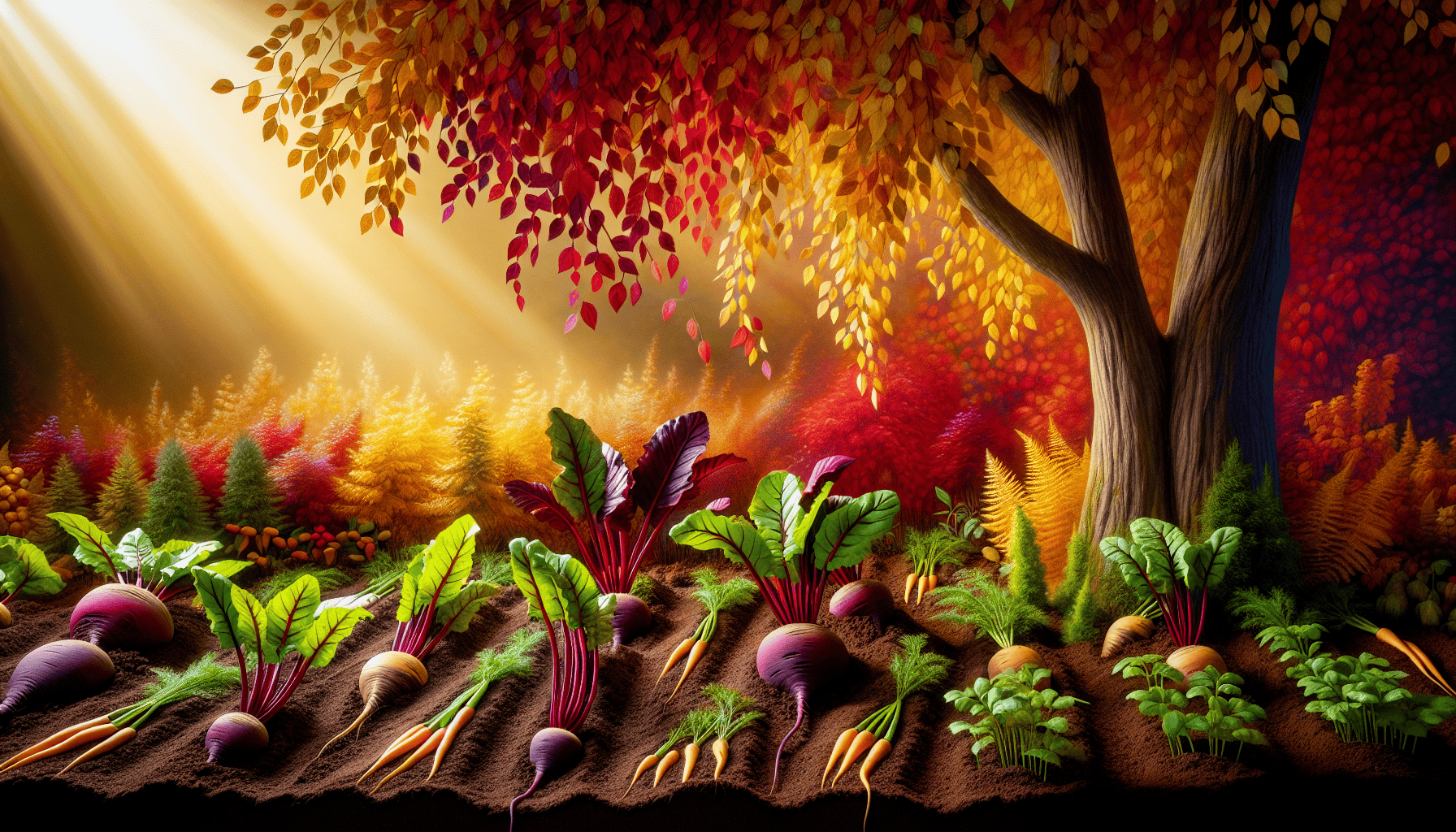
Planting beets, leeks, and carrots in November is highly recommended because they flourish in cooler climate conditions. These vegetables are ready for harvest by early spring, ensuring a consistent provision of fresh produce.
Their resilience to colder weather renders them perfect candidates for gardens during winter seasons.
Beets
Beets are resilient in cold weather and can be directly planted into fertile ground during November. For the best growth, ensure they’re placed in an area where they receive a minimum of six hours of sunlight every day.
The beet’s inherent earthy sweetness complements your winter culinary creations that include sweet and nutty potatoes beautifully.
Leeks
Initiate the growth of leeks inside your home during the autumn season, and then move them outside just a few weeks prior to the final frost of spring. For optimal growth, they require plenty of sunlight and consistent watering.
By sowing leeks in November, you’ll be able to prepare for harvests in early spring, which will provide a subtle onion-esque taste to your culinary dishes.
Carrots
Planting carrots in November can be advantageous. Directly sow the seeds into the soil and then cover them to guard against frost damage. This protective layer helps facilitate their growth throughout the winter season.
By doing so, you will have the pleasure of harvesting fresh and crunchy carrots by the time early spring arrives.
Hardy Legumes for Early Spring Harvests

Resilient legumes such as broad beans, peas, and fava beans thrive when planted in November. They adapt to the colder temperatures and come to fruition with spring harvests at the onset of early spring, thus optimizing garden area utilization.
These plants enhance soil composition while also mitigating nutrient loss from the soil— an additional advantage of their planting.
Broad Beans
Plant broad beans in November to enhance soil composition and retain nutrients, ensuring a robust onset for an early spring yield.
The luscious and creamy texture of the beans from these plants makes them an ideal ingredient for wholesome winter meals.
Peas
Ideal for November planting, robust pea varieties such as ‘Meteor’ and ‘Kelvedon Wonder’ should be cultivated in containers with covers to shield them from the cold weather and pests.
As early spring arrives, these peas will become some of the first crops you can harvest, providing a supply of sweet and tender peas for your dining pleasure.
Fava Beans
The ‘Aquadulce’ type of fava beans is well-suited for planting in November, offering the advantage of an early harvest in May or June.
Given their adaptability to different kinds of soils, these plants are also ideal for container gardening and can be a tasty contribution to your meals during spring.
Herbs to Grow Indoors in November
Cultivating herbs indoors during November guarantees an uninterrupted stream of fresh tastes throughout the year. A variety of salad leaves, thyme, and chili peppers flourish when placed on a sunny windowsill, allowing for ongoing collections even through the cooler seasons.
Incorporating these herbs into your winter cuisine can infuse your meals with a lively touch of freshness.
Thyme
Position thyme on a well-lit windowsill, where it can bask in abundant sunlight and benefit from soil that drains effectively. This will support its growth and vitality.
With its requirement for only occasional watering, thyme is a low-maintenance herb to cultivate inside your home. It adds a subtle taste to dishes you prepare.
Chilli Peppers
To thrive indoors and yield a continuous harvest throughout the year, chili peppers require a warm environment and exposure to as much light as possible. This will guarantee that you can enjoy fresh, spicy chillies in your dishes all year long.
By planting flowers alongside them, their vivid hues contribute an aesthetic appeal to your indoor garden space.
Salad Leaves
Ensuring a steady supply of fresh greens throughout the winter can be achieved by cultivating salad leaves indoors, which is particularly beneficial when outdoor gardens lie inactive. It’s crucial to maintain an appropriate growing environment through adequate lighting, consistent watering practices, and using a growing medium that allows for good drainage.
Opting for varieties such as mizuna and mustard greens is ideal for indoor growth. These types are well-suited for providing an ongoing source of nutritious salad leaves right from your indoor setup.
Preparing Your Garden for Winter Planting
To secure a fruitful harvest, prepare your garden for the winter planting season. Incorporate compost into the soil to restore nutrients that have been depleted, apply mulch to maintain consistent soil temperature and preserve moisture, and utilize raised beds for enhanced drainage which aids in averting excess water buildup.
By taking these measures, you will cultivate well prepared soil essential for nurturing your winter crops.
Raised Beds
By improving drainage and preventing the accumulation of water, raised beds safeguard your plants against root rot and various problems associated with excess moisture.
These elevated structures facilitate the control of soil conditions, which is vital for maintaining plant health during cooler seasons.
Mulching
Applying mulch serves as insulation for soil temperatures and helps preserve moisture when the weather is cold. By using mulch, root vegetables such as carrots are shielded from severe winter climates, maintaining their health and ensuring they are in good condition for harvest.
To its insulating benefits, mulching contributes to stabilizing soil structure while also inhibiting the proliferation of weeds.
Composting
Incorporating compost into the soil enhances its structure and fertility, which is crucial for nurturing plants in winter. Enriched with organic matter from compost, the soil becomes better suited to support vigorous plant health.
Creating a nutrient-dense habitat for your plants by adding compost ensures they thrive during the colder months and continue to prosper as spring arrives.
Tips for Successful November Planting
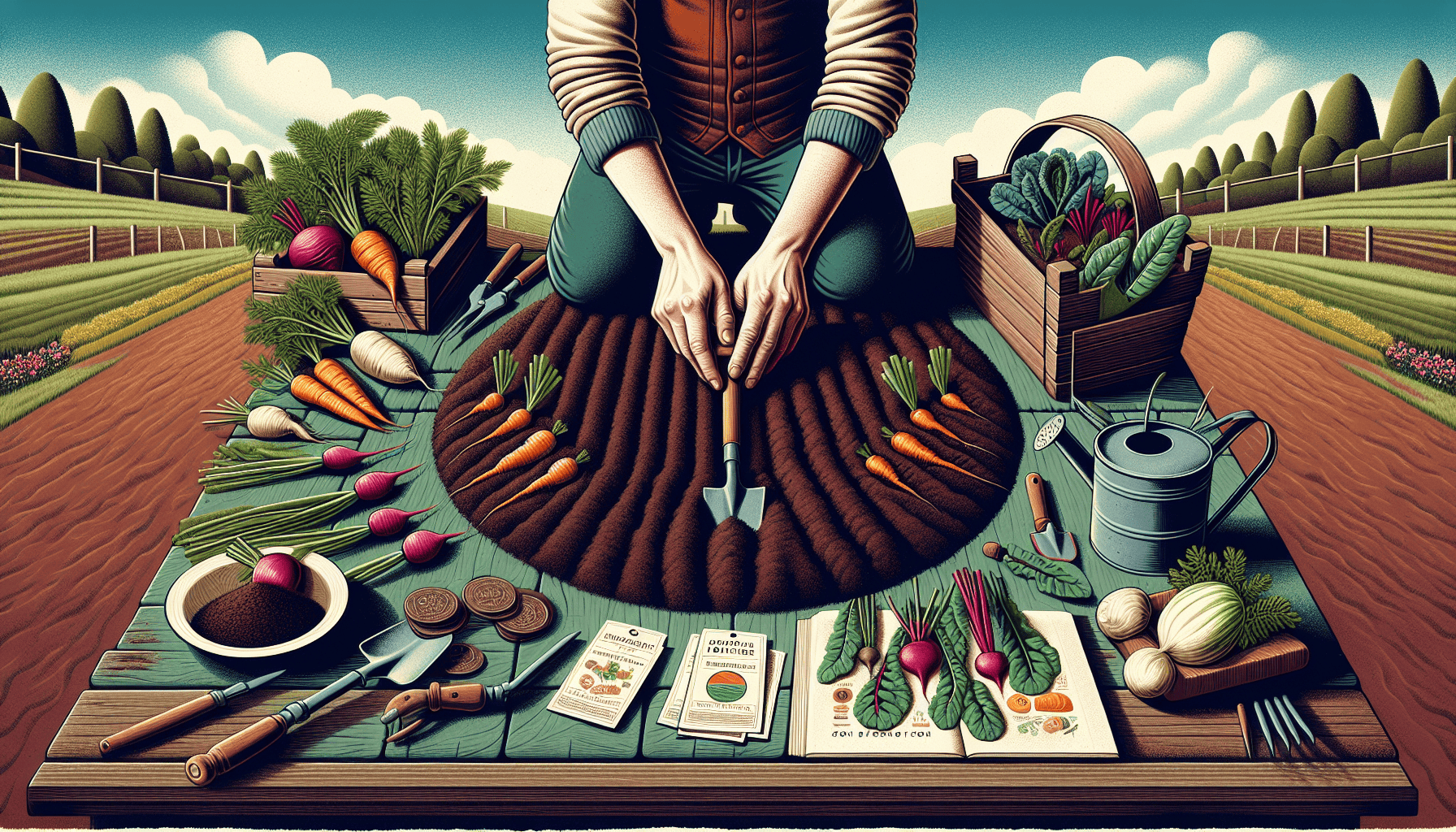
To ensure a fruitful harvest in winter and spring, it is crucial to keep an eye on the weather patterns, sustain even soil moisture levels, and opt for robust vegetable types when planting in November. Consistent irrigation practices coupled with measures against frost and the choice of cold hardy crops will enhance your prospects of reaping an abundant yield during these seasons.
Water Regularly
During the November planting period, it’s crucial to sustain soil moisture through consistent watering to ensure robust growth of plants. Always monitor the level of soil hydration and modify your watering routine accordingly, especially in times of low rainfall.
Protect from Frost
Ensuring the survival of your plants through frosty periods involves safeguarding them against cold snaps. Implement protective strategies such as employing a cold frame, using cloches, or draping fabric coverings over your greens. These tactics are vital for maintaining warmth and shielding your vegetation from frostbite to promote their continued health and growth during colder weather.
Choose Hardier Varieties
Opting for cold-resistant crops specifically developed to endure chillier climates is crucial when planting in the winter. Select vegetable types that have a proven track record of tolerating frosty conditions.
By investing in these robust varieties, you enhance your chances of cultivating a flourishing vegetable garden through the colder season. This approach paves the way for improved productivity and more bountiful winter and spring harvests.
Summary
November is a pivotal month for gardeners looking to extend their growing season and enjoy fresh produce throughout the winter and into early spring. By planting cool-season vegetables, leafy greens, root vegetables, hardy legumes, and indoor herbs, you can create a diverse and productive winter garden. Preparing your garden with raised beds, mulching, and composting, along with following essential tips for watering and frost protection, will set you up for success. Embrace the opportunity to grow in November and enjoy the rewards of your winter harvests.
Frequently Asked Questions
What are the best vegetables to plant in November?
Sowing broad beans, peas, and fava beans along with garlic, spinach, kale, beets, leeks, and carrots in November sets the stage for a prolific harvest throughout winter and into spring.
Welcome the cold temperatures by planting these crops. Witness your garden flourish during this season!
Can I grow herbs indoors during November?
Certainly, cultivating herbs indoors during November is feasible! Ensure they receive ample lighting, maintain a warm environment and hydrate them consistently, allowing you to relish fresh herbs throughout the season.
How can I protect my plants from frost in November?
Ensuring the safety of your plants from November frost can be effortlessly accomplished using cloches, cold frames, or coverings made of fabric.
Utilizing these techniques will successfully preserve heat and maintain the flourishing state of your plants!
Why are raised beds beneficial for winter gardening?
In colder weather, raised beds offer a significant advantage for winter gardening because they enhance drainage and reduce the risk of root rot, leading to more robust plants.
Embrace better soil control and witness your garden flourish during the winter months with the advantages that raised beds provide!
What should I consider when choosing vegetable varieties for winter planting?
To achieve higher yields during the winter months, concentrate on selecting robust vegetable varieties that have been developed for their ability to withstand cold temperatures.
Selecting these specifically bred hardy vegetables is crucial for a thriving garden in the winter.

